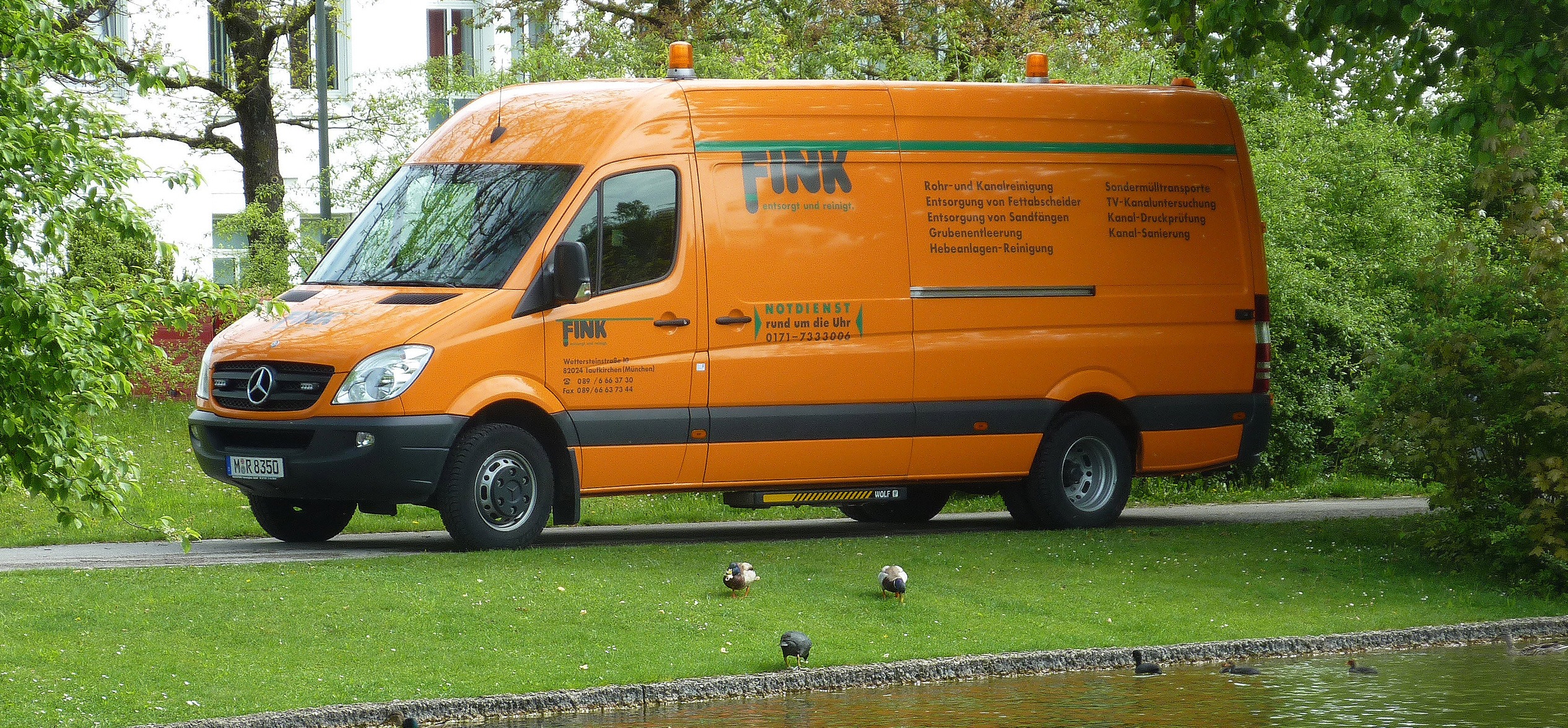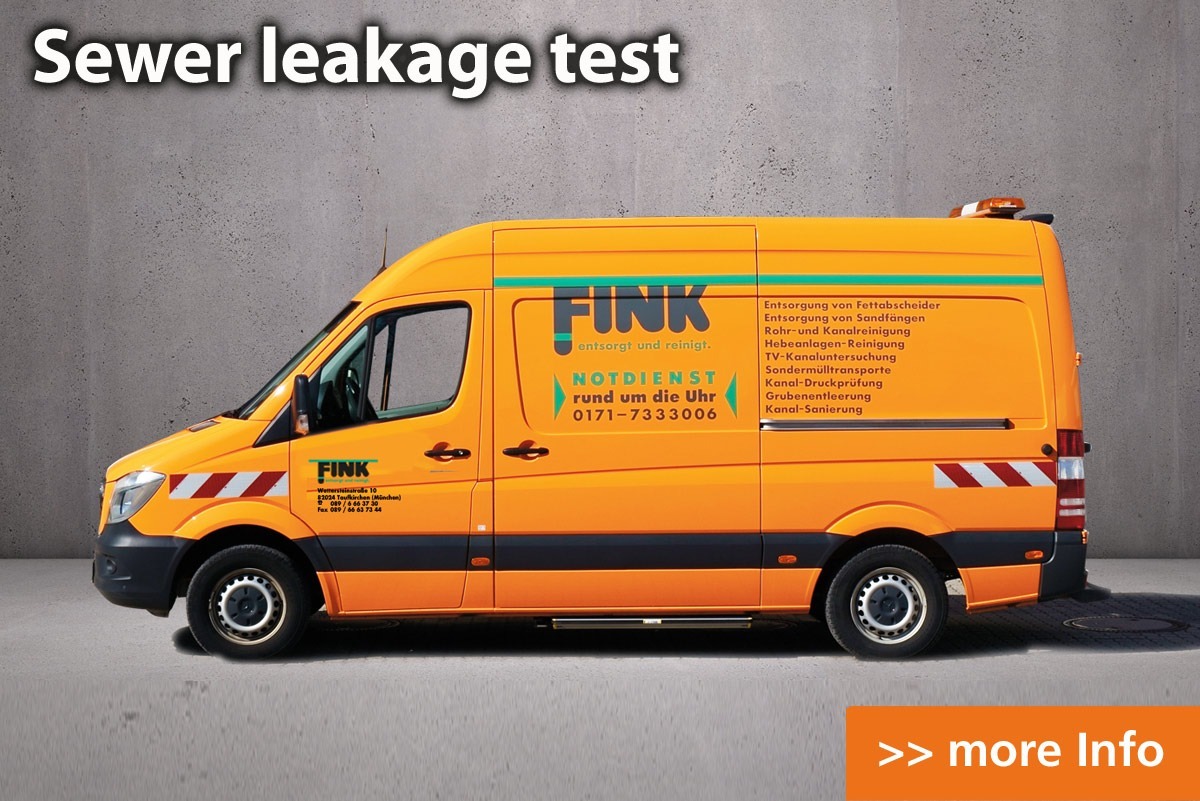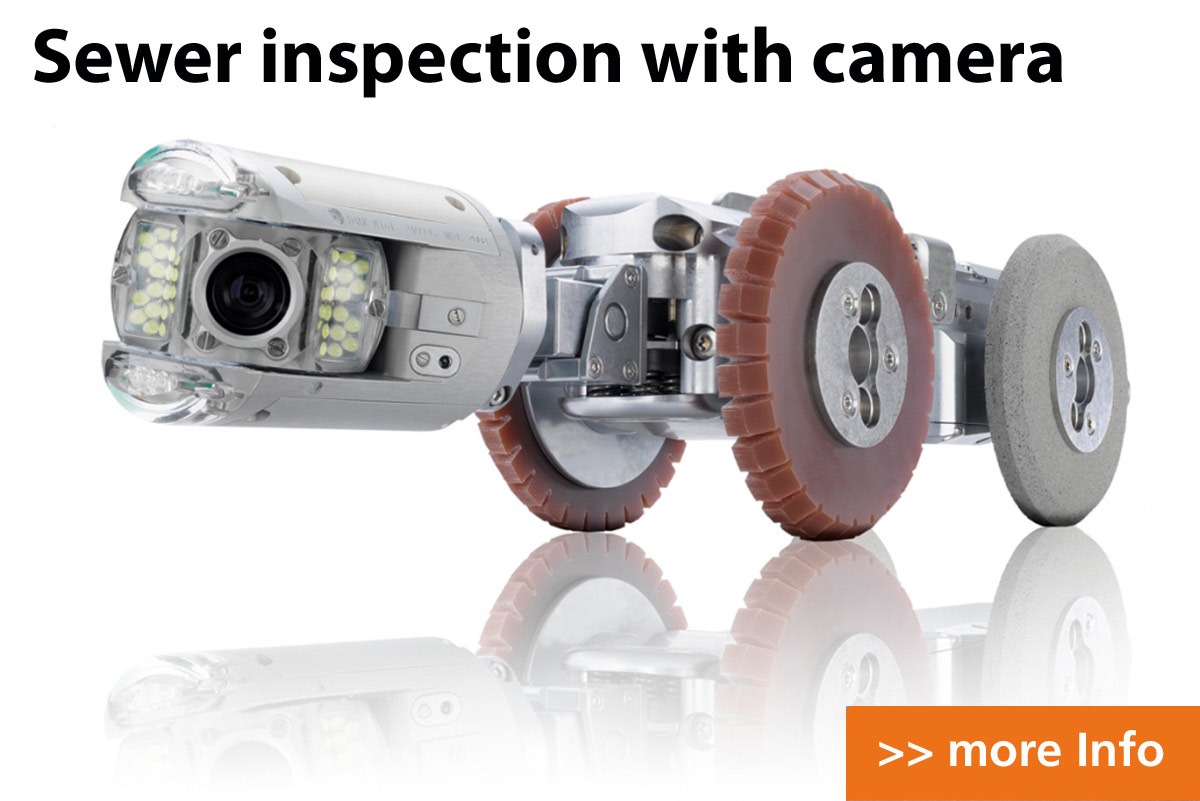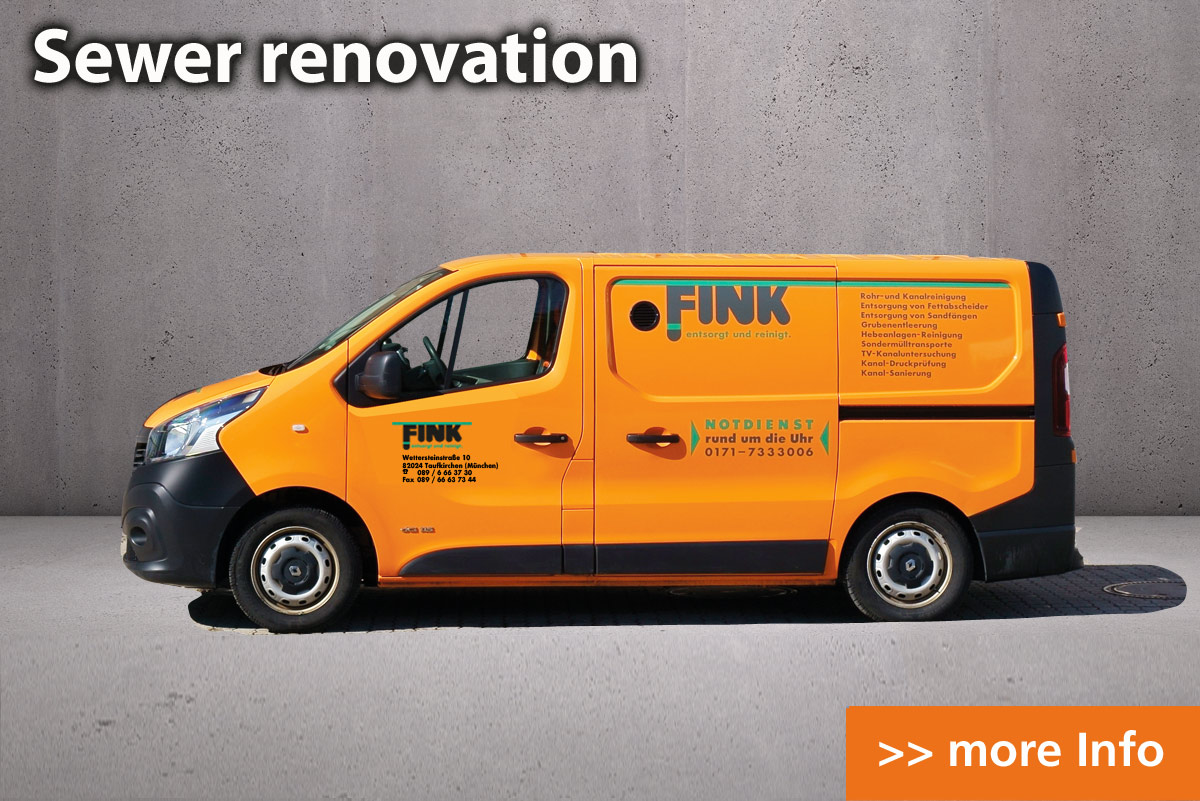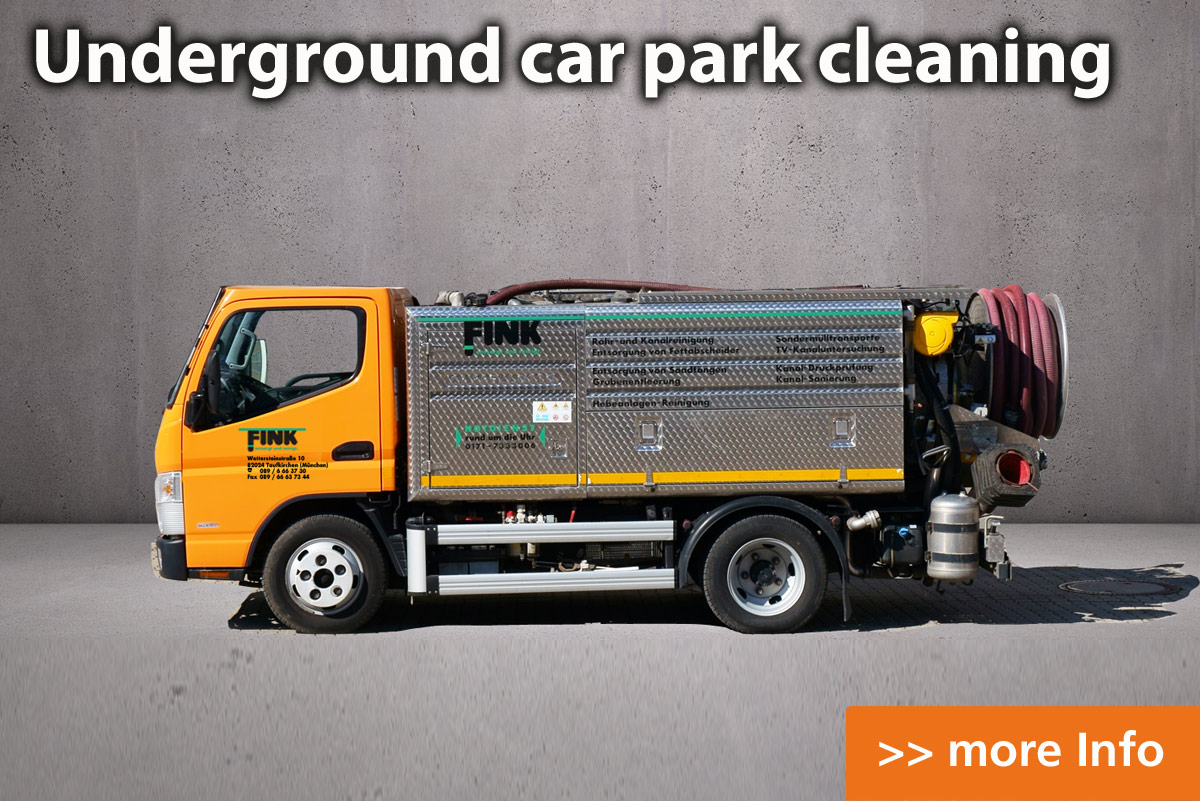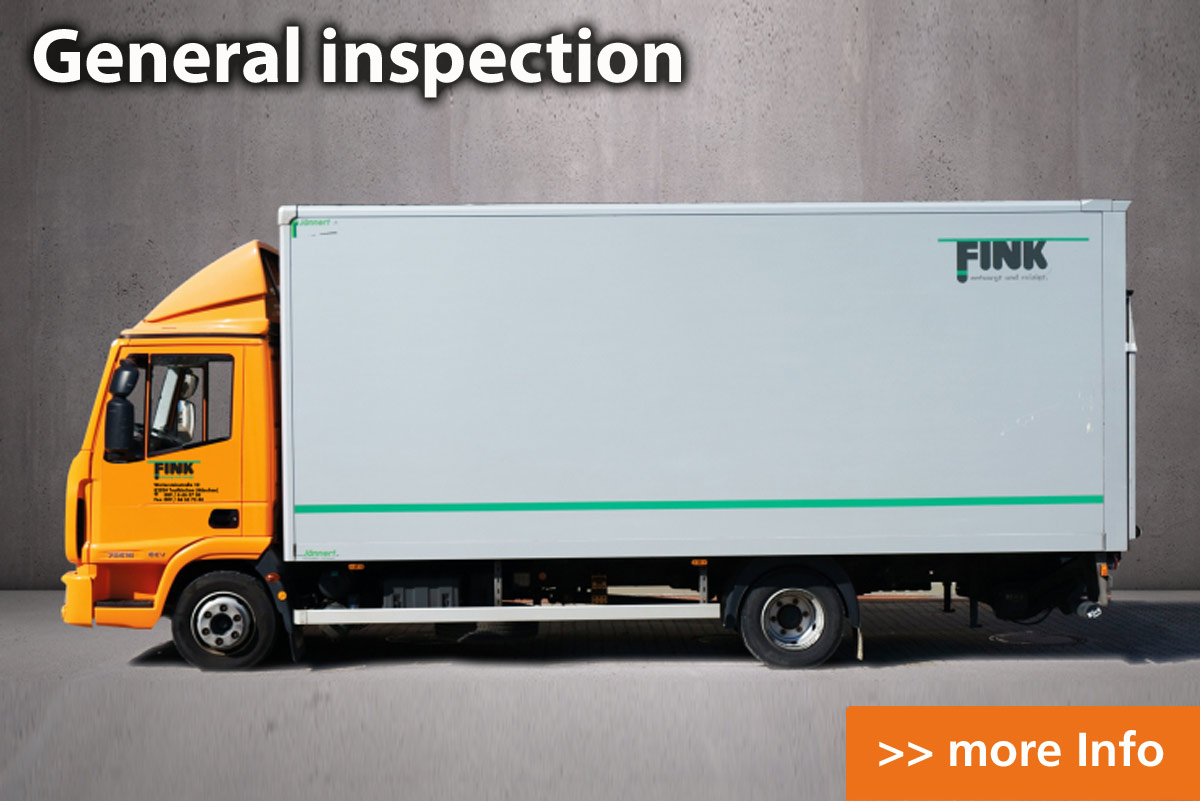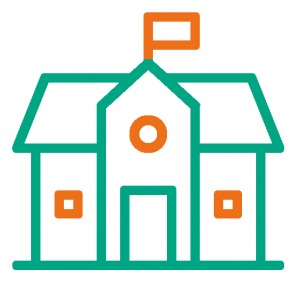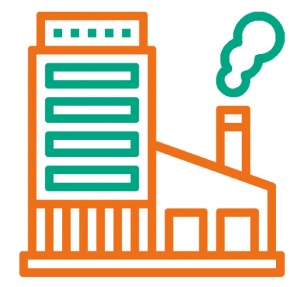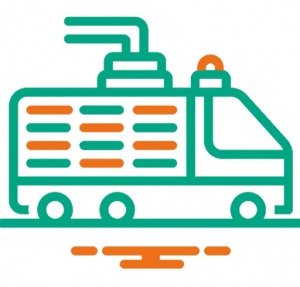With inliner sewer rehabilitation, complex piping and drainage systems can be repaired cost-effectively without digging up. We can rehabilitate up to 40 metres of underground sewers in one piece, and rainwater downpipes up to 30 metres long. We only use materials with DiBt approval. After completion of the sewer rehabilitation work, we check the successful repair by means of a camera inspection and give you a warranty of four years according to VOB 4 and five years according to BGB. To document the rehabilitation, you will receive video recordings, photographs and written protocols from us, with which you can legally prove that you have properly fulfilled your legal obligations.

